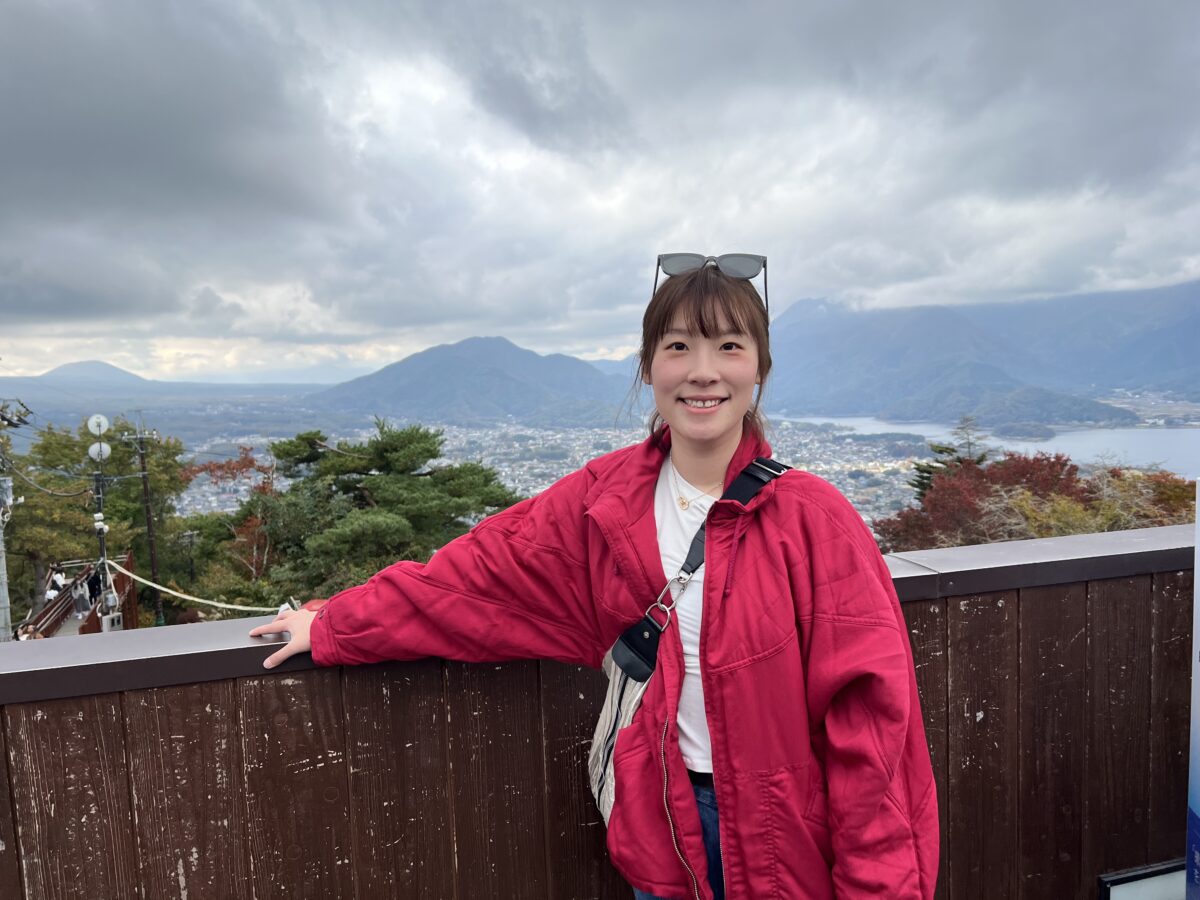Traditional Chinese medicine mobile hospital treats COVID-19 patients in Wuhan
Traditional Chinese medicine mobile hospital treats COVID-19 patients in Wuhan

A group of traditional Chinese medicine (TCM) experts has been put in charge of Jiangxia Module Hospital, one of the medical facilities purposely built to treat COVID-19. The team, led by Zhāng Bólǐ 张伯礼, the president of the Tianjin University of Traditional Chinese Medicine, consists of 209 medical personnel from five provinces, including Jiangsu and Henan. They say that TCM is effective at fighting infection by strengthening people’s immune systems.
On February 12, they took over Wuhan’s Jiangxia Module Hospital, making it the first TCM facility dedicated to treating COVID-19. Per local authorities in Wuhan (in Chinese), the emergency hospital has five wards and can hold up to 800 beds. It opened its doors on February 14, and admitted approximately 200 patients with mild symptoms of COVID-19.
According to Zhang (in Chinese), while there’s no cure for the virus yet, TCM has proven to be effective in stopping patients from developing symptoms when they are in the early stages of illness. “Among patients who had TCM incorporated into their treatment plans, most of them felt better afterward,” he noted. Zhang also said that the team would engage in a series of medical activities at Jiangxia Hospital, including providing clinical treatment, studying epidemic prevention methods, and conducting medical research.
Even though there is no scientific evidence to substantiate Zhang’s theories, TCM has been a popular method of treatment among COVID-19 patients. In a treatment plan (in Chinese) released by the National Health Commission in early February, TCM therapies were highly recommended by China’s health authorities as an effective tool to mitigate patients’ symptoms of fever and breathing difficulties.
According to Liú Qīngquán 刘清泉 (in Chinese), the director of the Beijing Traditional Chinese Medicine Hospital and a member of the team dispatched to Wuhan, TCM had been used in roughly 9,600 COVID-19 cases across the country as of February 10. Outside Hubei, the province hit hardest by the epidemic, about 90% of the patients took TCM remedies at some point and received positive results. “After analyzing case reports from different areas, we have reached a conclusion that TCM is able to prevent mild cases from getting worse,” Liu said.
However, when it comes to serious cases, both Zhang and Liu suggested an integrated use of TCM and Western medicines because they could “play to their respective strengths.”
“Let Western medicines take the lead and TCM be a supplementary treatment,” Zhang said, adding that while TCM can’t kill the virus, it instead can enhance people’s immune systems.
Despite the lack of standardized, repeatable testing of TCM, the Chinese authorities have previously recommended it during major public health emergencies. In 2003, when China was hit by the outbreak of severe acute respiratory syndrome, or SARS, TCM was widely marketed in state media as “one of the most powerful weapons” to ward off the deadly disease. In an article published by China Daily, TCM was praised for making a “great contribution” to curing SARS. “As a result, TCM won the recognition of the World Health Organization and improved its status on the Chinese mainland, Hong Kong and Macao,” the newspaper declared.
One particular TCM herbal remedy that has been favored by Chinese health officials is the dry root of the plant Isatis (板蓝根 bǎnlángēn). During the SARS epidemic, pharmacies across the country saw their supplies of banlangen emptied within a few days after officials publicly endorsed it. This time, Shuang-Huang-Lian (双黄连 Shuānghuánglián), another TCM formula of TCM, was sold out (in Chinese) both online and in stores after the official Xinhua News Agency published an article (in Chinese) that claims the herbal remedy offers hope as a COVID-19 treatment.






